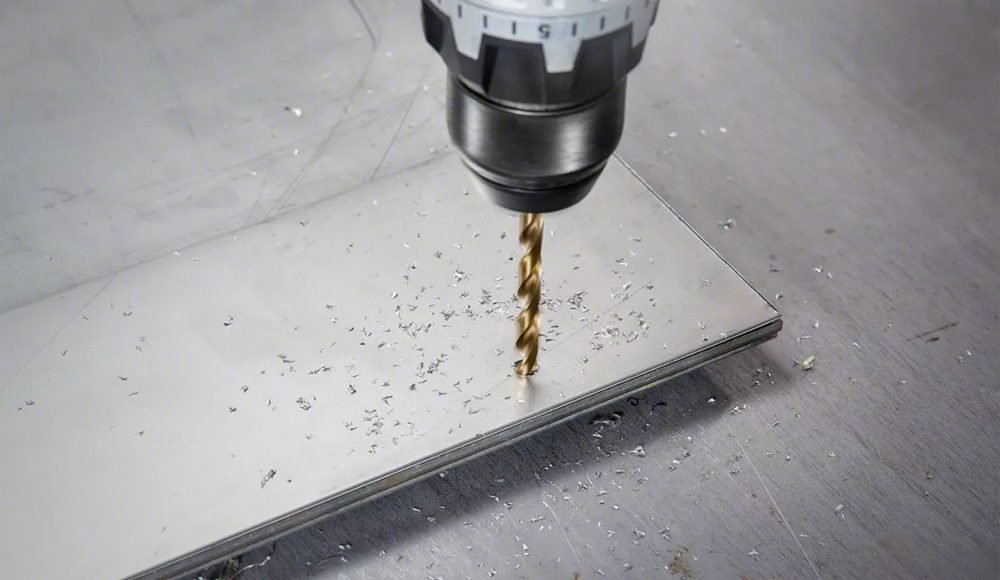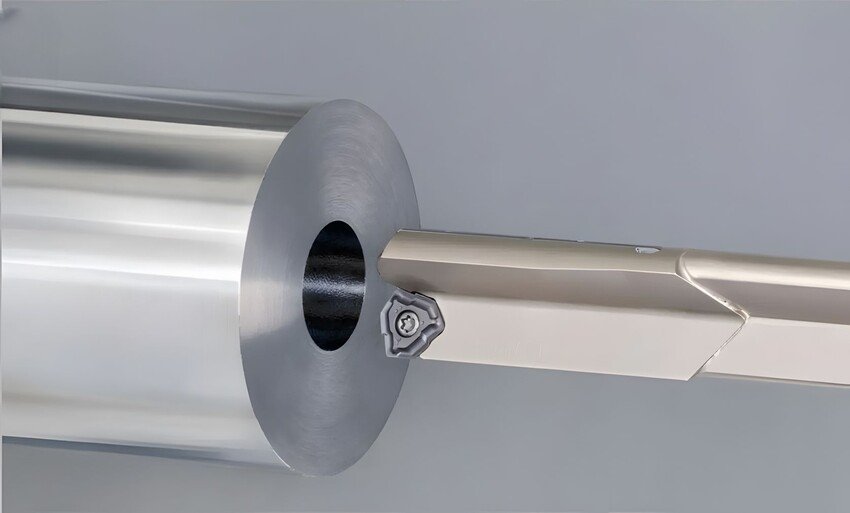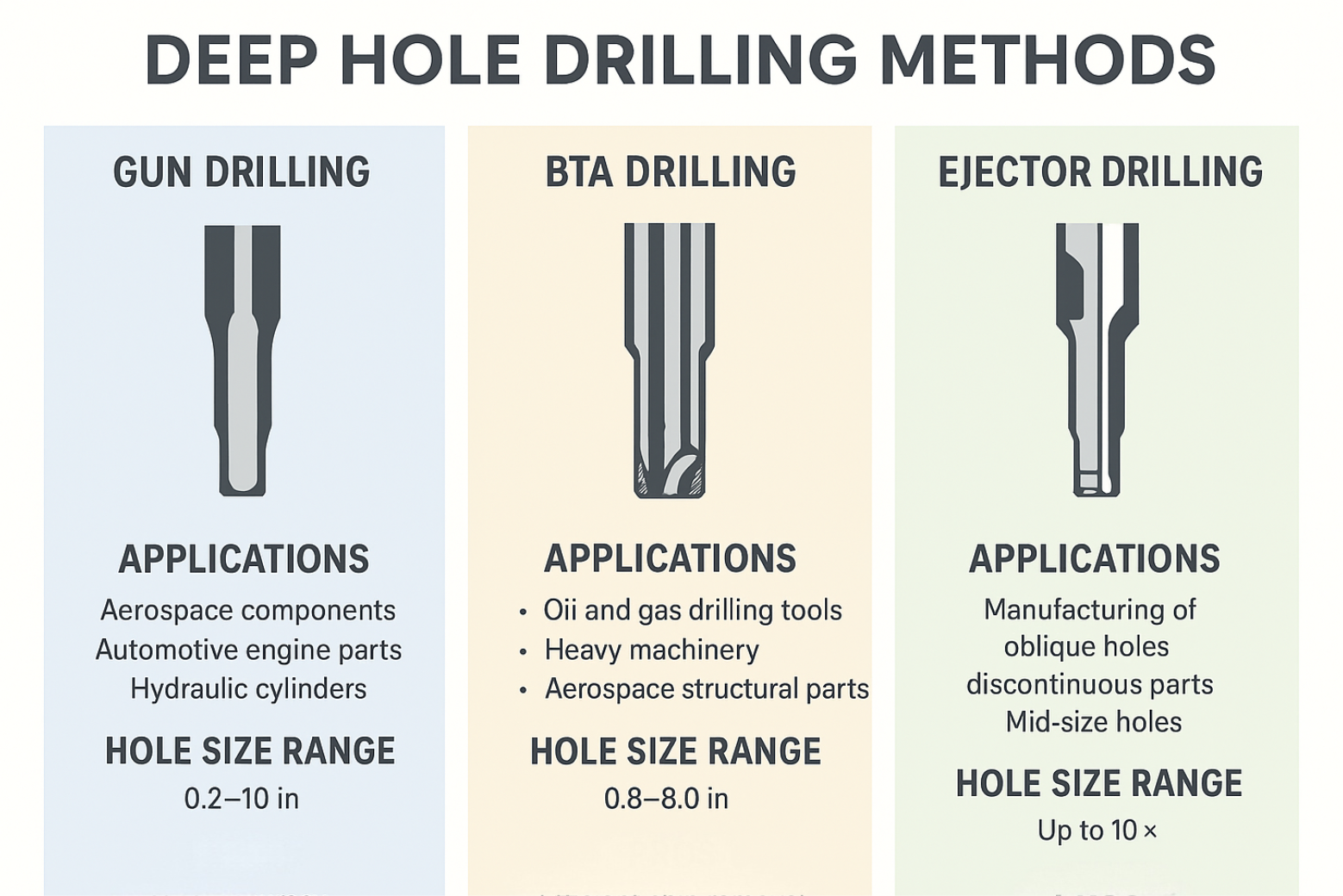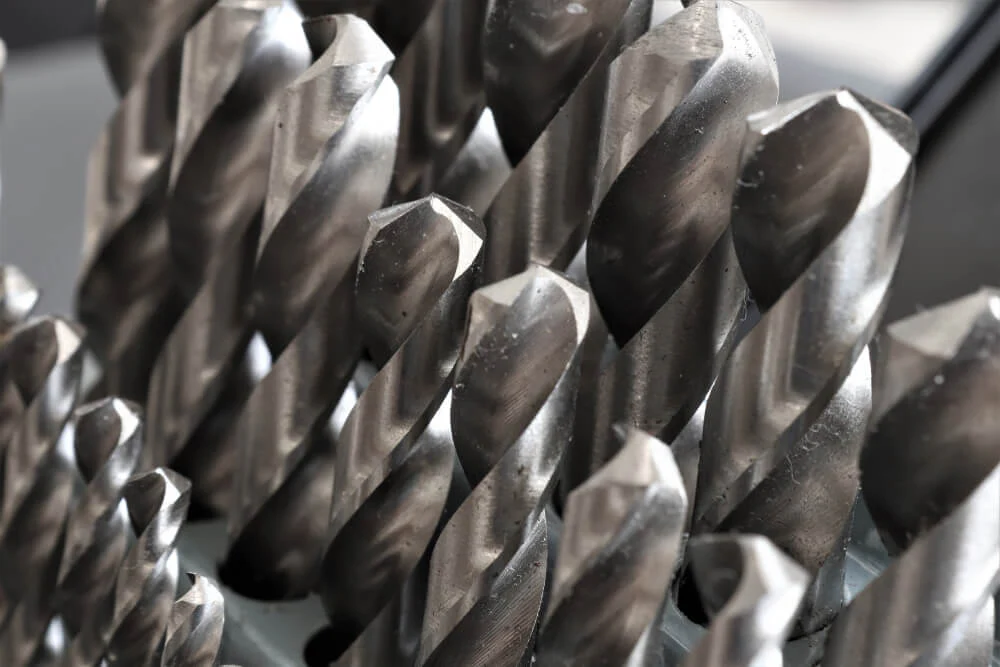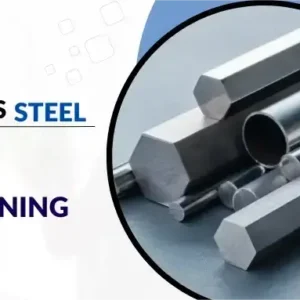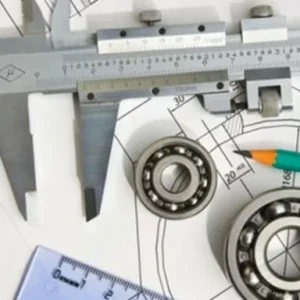La perforación de agujeros profundos puede sonar como un proceso altamente especializado, Y eso es porque es. A diferencia de la perforación estándar, donde la profundidad del agujero es relativamente poco profunda, La perforación de agujeros profundos está diseñada para crear agujeros con un relación profundidad-diámetro de 10:1 o mayor. Esta técnica se utiliza ampliamente en industrias donde la precisión, fortaleza, y la confiabilidad son fundamentales, como en el sector aeroespacial., automotor, aceite & gas, e incluso dispositivos médicos.
En este articulo, nos sumergiremos en ¿Qué es la perforación de agujeros profundos?, Por qué es importante, los diferentes métodos utilizados, los desafíos involucrados, y soluciones prácticas. Al final, Tendrá una comprensión completa de cómo este proceso impulsa algunas de las tecnologías más avanzadas del mundo..
¿Qué es la perforación de agujeros profundos??
En su núcleo, La perforación de agujeros profundos es un proceso de mecanizado diseñado para producir preciso, derecho, y limpiar agujeros que son significativamente más profundos que anchos.
Definición: Un agujero se considera “hoyo profundo” cuando su profundidad es al menos 10 veces su diámetro (10:1 relación).
Origen: Históricamente, el proceso comenzó con la fabricación de cañones de armas, que exigió mucho, derecho, y orificios de alta precisión. Esta es la razón por la que la perforación con pistola sigue siendo una de las técnicas más comunes..
Uso moderno: Hoy, Los mismos principios se aplican a industrias como la aeroespacial. (componentes del motor), automotor (inyectores de combustible, cigüeñales), y aceite & gas (herramientas de perforación y tuberías).
La perforación profunda garantiza integridad estructural, rendimiento suave, y alta precisión donde los métodos de perforación normales no son suficientes.
Importancia de la perforación de agujeros profundos en las industrias modernas
Aeroespacial y Defensa
en el sector aeroespacial, Los materiales ligeros pero resistentes son cruciales.. La perforación de agujeros profundos se utiliza para producir componentes como tren de aterrizaje, sistemas hidráulicos, e incluso sistemas de armas. La precisión no es negociable, ya que incluso los errores menores pueden afectar el rendimiento y la seguridad..
Industria automotriz
Los automóviles dependen de la perforación profunda para componentes como:
Inyectores de combustible (diminuto, Orificios precisos para el flujo de combustible.)
Cigüeñal & Árboles de levas (conductos de aceite para lubricación)
Cilindros hidráulicos (Utilizado en sistemas de dirección y frenado.)
Aquí, La durabilidad y la precisión influyen directamente en la eficiencia del motor y la confiabilidad del vehículo..
Aceite & Industria del gas
En exploración y perforación petrolera, herramientas y tuberías a menudo necesitan pozos largos que puede soportar condiciones duras. La perforación profunda garantiza fortaleza, fiabilidad, y resistencia al desgaste en componentes como cabezales de perforación e instrumentos petroleros.
Ingeniería & Aplicaciones médicas
En sistemas hidráulicos, largo, Se necesitan orificios rectos para el control de la presión y el flujo suave del fluido..
En dispositivos médicos, como instrumentos quirúrgicos, La perforación profunda garantiza que los componentes estén ambos pequeño y muy preciso para operaciones seguras.
Beneficios clave de la perforación de agujeros profundos
Alta precisión – La capacidad de perforar recto, agujeros precisos en grandes profundidades.
Acabado superficial mejorado – Las paredes lisas reducen la fricción y el desgaste en aplicaciones críticas.
Eficiencia & Vida de herramientas – Los diseños de brocas especializados y el suministro de refrigerante prolongan la vida útil de la herramienta y reducen los costos..
Versatilidad – Puede manejar una amplia gama de materiales., de aceros a superaleaciones.
Técnicas comunes en perforación de agujeros profundos
Perforación con pistola
Lo mejor para diámetros pequeños, agujeros rectos.
Produce excelente precisión y acabado superficial..
Común en la fabricación de armas de fuego., piezas aeroespaciales, y sistemas de combustible para automóviles.
BTA (Asociación de Aburrimiento y Trepanación) Perforación
Se utiliza para diámetros de orificios más grandes.
Un sistema de un solo tubo elimina las virutas de manera eficiente a través del centro..
Ideal para aceite & gas, maquinaria pesada, y piezas estructurales aeroespaciales.
Perforación eyectora
Funciona con un sistema de doble tubo.
Ofrece flexibilidad y se puede utilizar en centros de mecanizado estándar..
Perfecto para pozos de tamaño mediano donde la velocidad de producción es importante.
Consideraciones para herramientas y equipos
Para lograr los mejores resultados, varios factores necesitan atención:
Selección de brocas: Elegir la broca correcta (taladro de arma, BTA, o eyector) para el material y el tamaño del agujero.
Sistemas de refrigerante: Los refrigerantes de alta presión son esenciales para eliminar virutas y prevenir el desgaste de las herramientas..
Capacidades de la máquina: A menudo se requieren máquinas especializadas con configuraciones rígidas para evitar vibraciones y desalineaciones..
¿Qué tipo de broca es adecuada para perforar metal??
Cuando se trata de perforar metal, No todas las brocas son iguales.. Usar el tipo incorrecto puede hacer que el trabajo sea frustrante e incluso dañar las herramientas o la pieza de trabajo.. Por eso elegir el broca derecha es tan importante.
Acero de alta velocidad (HSS) Brocas
Estas son las brocas más comunes y asequibles. Funcionan bien para metales más blandos como el aluminio., latón, y acero suave. Si solo necesitas una opción básica, HSS suele ser suficiente.
Brocas de cobalto
Más fuerte que HSS, Las brocas de cobalto son perfectas para metales más duros como el acero inoxidable o el hierro fundido.. Pueden soportar mayores temperaturas., Lo cual es genial porque perforar metales más duros crea más fricción..
Brocas de carburo
Estos son los campeones del servicio pesado. Las brocas de carburo son extremadamente duras y pueden cortar metales muy duros., pero también son frágiles, lo que significa que pueden romperse si no se usan con cuidado. A menudo se utilizan en entornos industriales donde la precisión y la durabilidad son claves..
Brocas recubiertas de titanio
Estas son brocas HSS con revestimiento de titanio.. El recubrimiento hace que duren más al reducir la fricción y el calor.. Son un buen término medio si desea un mejor rendimiento que el HSS normal sin pagar el alto costo del cobalto o el carburo..
Desafíos y soluciones en la perforación de agujeros profundos
Desalineación y rotura de herramientas
Problema: Una ligera desalineación puede causar deflexión o rotura de la herramienta..
Solución: Utilice accesorios de precisión, pausas constantes, y sistemas de monitoreo en tiempo real.
Estabilidad de la pieza de trabajo
Problema: Las piezas de trabajo largas pueden vibrar o moverse durante la perforación..
Solución: Configuraciones seguras de sujeción y amortiguación de vibraciones.
Desafíos específicos de materiales
Problema: Las aleaciones duras o los metales resistentes al calor provocan un desgaste excesivo..
Solución: Utilice brocas recubiertas (carburo, Estaño, etc.) y optimizar los parámetros de avance/velocidad.
¿Por qué elegir? Tapas de precisión para perforación de agujeros profundos?
No todos los talleres mecánicos están equipados para perforar agujeros profundos.. Tops Precision proporciona:
Pericia – Años de experiencia con proyectos de perforación complejos..
Alta precisión – Equipo avanzado y estricto control de calidad..
Rentabilidad – Precios competitivos sin comprometer la calidad..
Asociación confiable – Compromiso de entregar a tiempo y cumplir con los estándares de la industria.
Conclusión
Perforar agujeros profundos es más que simplemente hacer un agujero: se trata de crear preciso, confiable, y componentes de alto rendimiento que impulsan todo, desde motores a reacción hasta herramientas médicas. Con los métodos correctos, herramientas, y experiencia, abre la puerta a infinitas posibilidades en todas las industrias.
Si su proyecto requiere servicios de perforacion de pozos profundos, asociarse con un fabricante calificado le garantiza la precisión y el rendimiento que necesita.
Preguntas frecuentes
Q1: ¿Cuál es la diferencia entre perforación profunda y perforación normal??
La perforación de agujeros profundos maneja relaciones de profundidad a diámetro mucho más altas (10:1 o más), mientras que la perforación estándar normalmente permanece por debajo 3:1.
Q2: ¿Qué brocas son mejores para agujeros profundos en madera??
Brocas helicoidales o taladros de pistola extralargos especializados diseñados para trabajar la madera.
Q3: ¿Cuál es la relación estándar de profundidad a diámetro para la perforación de agujeros profundos??
10:1 o mayor, aunque en algunos casos, puede ir mucho más allá 100:1 con equipo avanzado.
Leer más:
Servicios de fresado CNC (para comparar los métodos de perforación)
Servicios de mecanizado de precisión
Acabado de superficies para piezas mecanizadas
Mecanizado de acero inoxidable / Mecanizado de titanio

